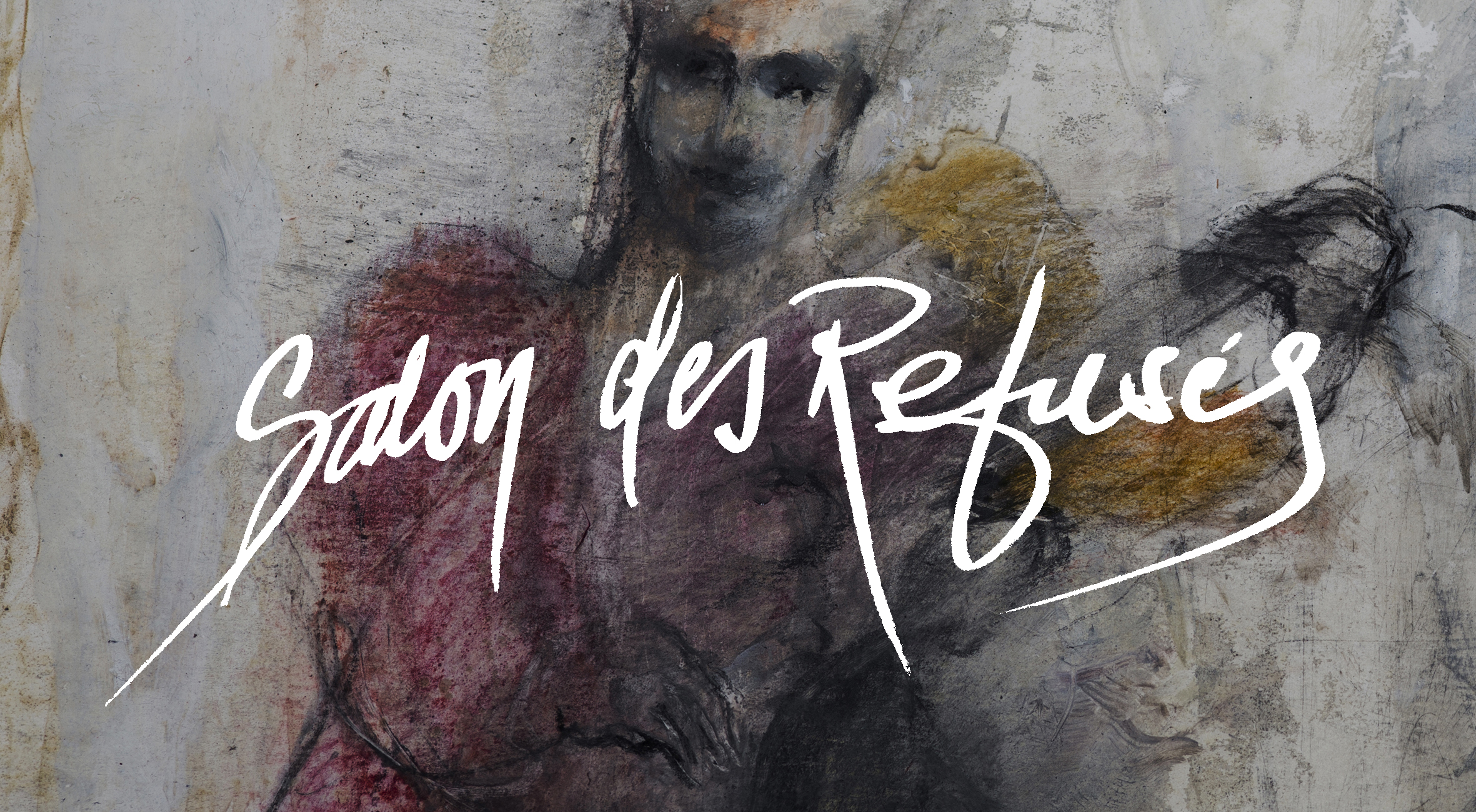”They say, ”you mean it’s just sounds?” thinking that for something to just be a sound is to be useless, whereas I love sounds just as they are, and I have no need for them to be anything more than what they are. I don’t want them to be psychological. I don’t want a sound to pretend that it’s a bucket or that its president or that it’s in love with another sound. I just want it to be a sound.” ⁶ – John Cage
When speaking about music I always found it to be a very thin line between the “cosmic-everything-is-art-dude” and the more mathematical and theoretically ”correct” approach to music, and for me the goal is to walk in the middle. American composer John Cage (perhaps most famous for his piece 4.33 which is 4 minutes and 33 seconds of silence written for piano) is a person that influenced my attitude towards sound after discovering his music as well as discovering his writings on music.
No matter what you hear when you listen to his music I find his thoughts surrounding music very interesting and I think his words are applicable regardless of what music you wish to play since he speaks mostly about sound. So in the spirit of John Cage I try to think of each sound made by my instrument as just a sound and for me it’s all about how you use them. I like to look at them as different kinds of seasoning when cooking a meal. You can use different things to make the food taste different but it is important not to over-season because then the meal will suffer.
There are lots of sounds to be discovered on the bass that might seem strange or unusable at first but when you take some time to develop them and try to put them in a musical context they make sense! One of my favorites is scratching a string with the nail. By doing this you get a sound which reminds me of the guiro (percussion instrument used in a lot of Latin American music) so really you have 4 different sounding guiros to play with since the strings give different sounds. The most comfortable finger for this is the right thumb but using the index and middle finger also works well. The scratching can be done while holding a note with the left hand or with the string muted, for a percussive effect.
Audio clip: Adobe Flash Player (version 9 or above) is required to play this audio clip. Download the latest version here. You also need to have JavaScript enabled in your browser.
Another thing that is directly related to percussion is using the body for playing rhythms. This is one of those things that doesn’t work on the electric bass. You can find quite a few guitar players doing this on the acoustic guitar and it’s used by some upright bass players but I never saw anyone doing it on the bass guitar and it’s a lot of fun trying to implement it. Sometimes I use it as a separate thing if I want something new to happen musically so not playing notes (basically treating the body as a percussive instrument) can be a nice break but the goal with this technique is to combine rhythm and melody.
Audio clip: Adobe Flash Player (version 9 or above) is required to play this audio clip. Download the latest version here. You also need to have JavaScript enabled in your browser.
One technique that might seem bizarre at first is playing on the edge of the neck. This is done by pulling the G string downwards to the point where it sounds distorted and then keep pulling it from the fretboard.
This was the ultimate ”but why?” sound until I’ve played it enough times to just think ”yes but why not?.
Audio clip: Adobe Flash Player (version 9 or above) is required to play this audio clip. Download the latest version here. You also need to have JavaScript enabled in your browser.
